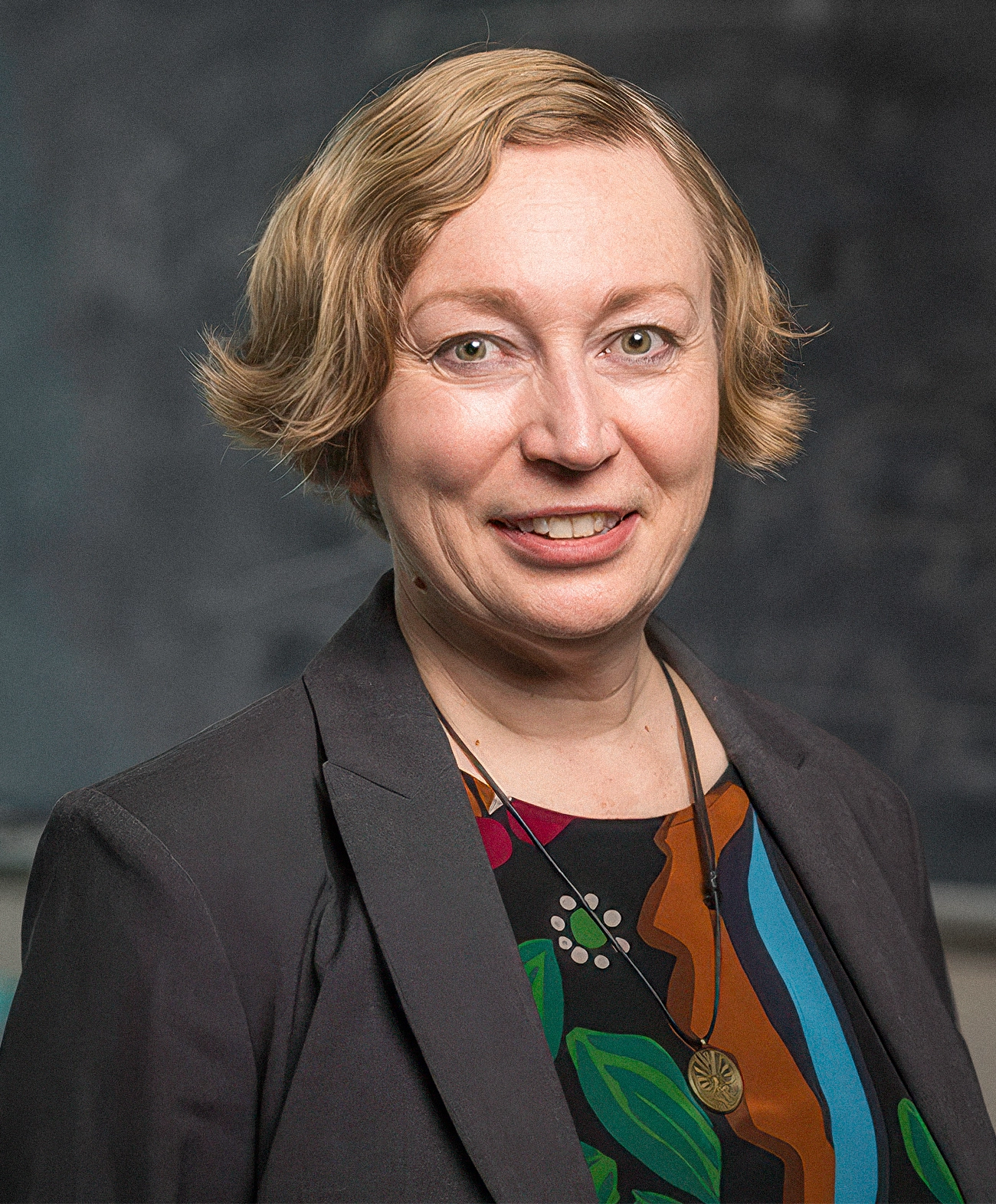Quantum information researchers began looking for ways to generate and enhance magic in quantum systems. This caught the attention of a few particle physicists — including Martin and Chris White — who wondered how magic appears in systems of elementary particles. “We thought, the LHC is a quantum system. Top quarks are a quantum system. Can we look at that system and just see if it’s magic or not?” Chris White said.
They proposed a way to do so in late 2024. The paper is their first collaboration. “I found it really quite emotional when it was released. We wanted to work together for many years,” Martin White said.
When Demina met the brothers at a conference, they inspired her to bring the proposal to her group at CMS. “They are identical twins, and one works in the U.K., and the other one works in Australia. They were moved very far apart, but are still in an entangled state,” she mused.
To glean the magic of top quarks, CMS analyzed a huge bank of collision data, tallying the spins of top quark pairs that flew off in all different directions. Doing this allowed the team to fill out a so-called spin correlation matrix, a complete description of the correlations between the particles’ spins in the x, y, and z directions. From this matrix, physicists calculate magic.

Regina Demina led the analysis for the CMS experiment’s recent measurement of magic at the Large Hadron Collider.
Courtesy of Regina Demina
The entangled quark pairs did indeed have magic. CMS’s measurement marked the entry of the once-niche quantum computing concept into the realm of particle physics.
The main point of studying magic is to potentially improve quantum computers rather than reveal new insights about elementary particles. But the sensitive methods developed for doing such a detailed measurement led to something unexpected: The physicists observed that the top quark and anti-top quark were sometimes extra-entangled. In these cases, the quarks were binding strongly to form a single particle, an elusive state called toponium. Toponium was predicted in 1990 but “was thought to be a too-subtle effect” for a collider such as the LHC to see, said Marcel Vos, a leader of the top quark research group at ATLAS.
CMS and ATLAS posted their measurements of toponium in March and July, respectively. “That’s our first tangible spin-off from all this,” Vos said.
Threads To Pull
What some physicists find exciting about the new overlap between particle physics and quantum information theory is the chance to use the LHC to probe subtle questions about entanglement.
For instance: “What happens to your entangled system after the top quark decays? Will the daughters of the top quark still be entangled with the anti-top quark?” Vos asked. “Quantum field theory says they should be, but no one’s ever tested it.”
The experiments might also offer new insights about the quantum-to-classical transition — how a quantum object goes from an uncertain state to a single definite state. This famously happens when a quantum object is measured, but in this case, the mystery crops up when the top quark decays into lighter particles. Initially, the quark is in an uncertain state of both possible spin directions at once. When it decays, the quark appears to choose one spin direction, and the particles it generates travel in certain directions based on that choice of spin. It’s as if the top quark is forced to “measure” its own spin during its decay. “Mathematically, it’s an equivalent process to making a measurement,” Barr said. That gives physicists a fresh angle on the quantum-to-classical transition.
Demina hopes to probe questions about time. “There is a certain theory that suggests that time is not a fundamental property of nature, but it is an emergent property,” she said. One famous mechanism for how this can work was described by Don Page and William Wootters in 1983. They argued that the universe as a whole may be timeless and unchanging, while observers inside the universe can perceive temporal evolution. This perception arises because various possible spatial configurations are entangled with the spatial configurations of an object with some periodic pattern, like the hands of a clock. The effect was demonstrated with photons in 2013. “My dream is to perform this experiment in a system of elementary particles, to demonstrate the Page-Wootters mechanism,” Demina said.
Others have raised concerns that these top quark experiments cannot reliably test quantum mechanics at all. Herbert Dreiner, a physicist from the University of Bonn in Germany, argued in two recent preprints that the approach is circular: To measure entanglement, you need to relate the angular motion of the outgoing decay products to the top and anti-top quarks’ spins. But “in order to translate one into the other, you have to use some theory,” Dreiner said. “And if you’re using quantum mechanics, you can’t test for quantum mechanics.”
That debate is ongoing. To some, this whole line of experimentation is a sign that, after 17 years of collision experiments at the LHC, new goals are needed. “There is a sense that you’re always looking for new things to do,” Martin White said.
“There is a lot of skepticism,” Vos said. Still, “you start pulling on the thread, and you don’t know what you’re going to come up with.”

